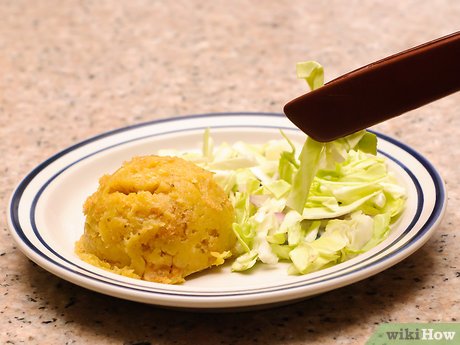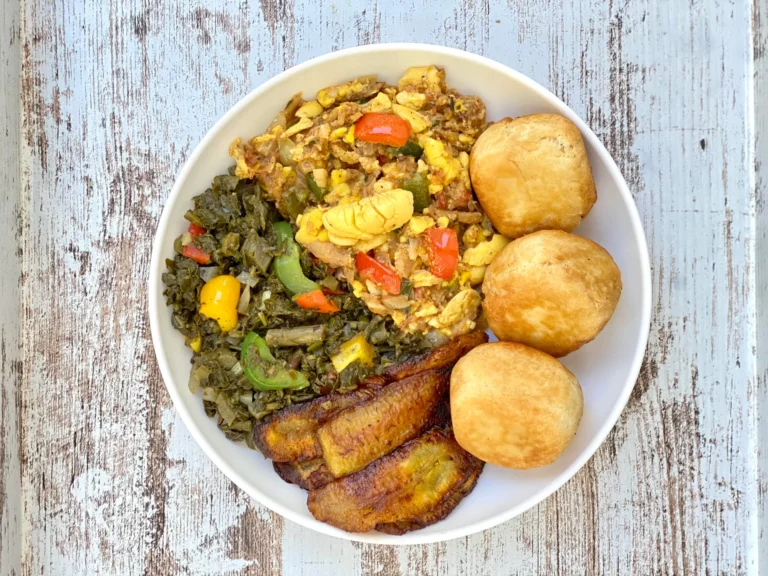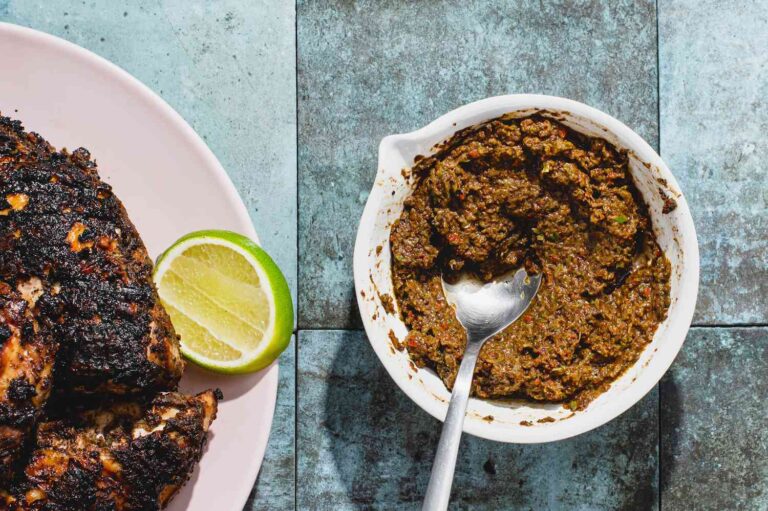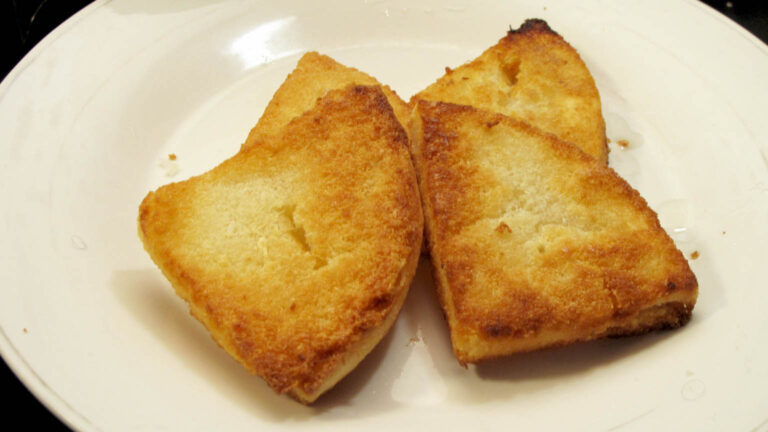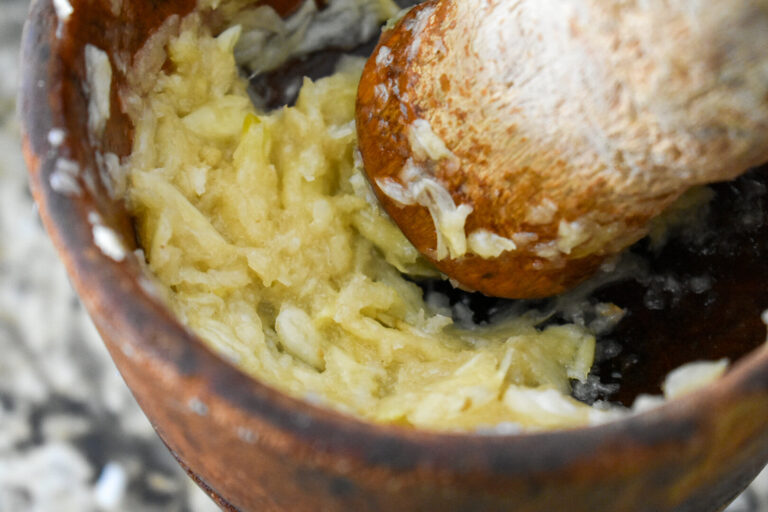Empanadas and turnovers are popular pastries enjoyed worldwide, known for their delicious fillings encased in dough. While they share similarities, they also possess distinct characteristics that set them apart.
This comprehensive comparison delves into their origins, dough types, fillings, preparation methods, and cultural significance to highlight both their commonalities and differences.

Origins and History
The History of Empanadas
Empanadas trace their roots to Spain, with the term “empanada” deriving from the Spanish verb “empanar,” meaning to bread or wrap in bread. These pastries spread to Latin America and other regions during Spanish colonization, evolving with local flavors and ingredients. Traditionally, empanadas were prepared as portable meals for laborers, filled with a variety of meats and vegetables.

The History of Turnovers
Turnovers have a more ambiguous origin, with variations appearing in multiple cultures. The concept involves placing a filling on dough, folding it over, sealing, and then baking or frying. This method allowed for easy, portable meals. Turnovers can be sweet or savory, with fillings ranging from fruits to meats.

Dough Composition and Texture
Empanada Dough
Empanada dough is typically made from wheat flour, water, fat (such as butter or lard), and salt. The dough is rolled out, filled, folded into a half-moon shape, and then baked or fried. The resulting crust is tender yet sturdy enough to hold hearty fillings.

Turnover Dough

Turnovers often utilize puff pastry, known for its flaky and buttery layers. Puff pastry is made by layering dough and butter through a process called lamination, resulting in a light and crisp texture upon baking. This dough is particularly popular for sweet turnovers.
Fillings and Flavor Profiles
Empanada Fillings
Empanadas boast a diverse range of fillings that vary by region:
• Latin America: Beef, chicken, cheese, and beans are common.
• Spain: Tuna, chorizo, and vegetables are popular choices.
• Philippines: Local versions may include ground meat with potatoes and raisins.
The fillings are typically well-seasoned, reflecting local culinary traditions.
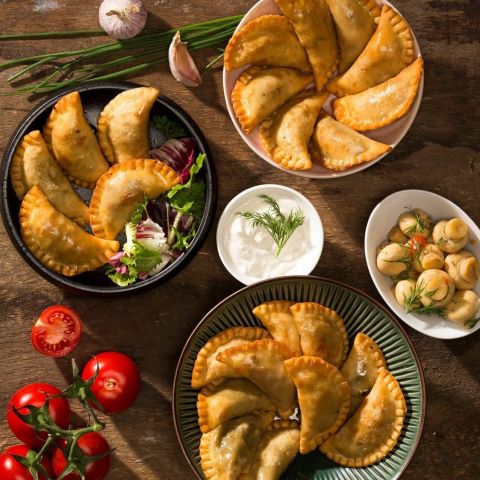

Turnover Fillings
Turnovers also offer a variety of fillings, often leaning towards sweet flavors:
• Fruits: Apple, cherry, and berry fillings are classic choices. 
• Savory Options: Some turnovers feature meats, cheeses, or vegetables. 
The choice of filling often dictates whether the turnover is served as a dessert or a savory snack.
Preparation Methods
Cooking Techniques for Empanadas

Empanadas can be either baked or fried:
• Baked: Results in a firmer, golden crust.
• Fried: Yields a crispier exterior with a tender interior.
The choice between baking and frying often depends on regional preferences and desired texture.
Cooking Techniques for Turnovers

Turnovers are predominantly baked, especially when made with puff pastry, to achieve a flaky and airy texture. Baking allows the layers of puff pastry to rise and separate, creating the characteristic lightness. 
Cultural Significance
Empanadas in Various Cultures
Empanadas hold a special place in many cultures:
• Latin America: A staple in countries like Argentina, Chile, and Mexico, often enjoyed during festivals and family gatherings.
• Spain: Commonly served during celebrations and religious holidays.

Empanadas hold a significant place in Latin American cultures, symbolizing unity and sharing. They are often featured in festivals and family gatherings, serving as a communal dish that brings people together. For instance, Argentina hosts the Fiesta Nacional de la Empanada in Famaillá, Tucumán, celebrating the empanada’s cultural importance. Since 1979, this annual event features cooking competitions, music, and dance, culminating in the crowning of the Empanada Queen.  
In contrast, turnovers, particularly apple turnovers, have a notable presence in Western cultures. In the United States, National Apple Turnover Day is observed annually on July 5th, encouraging people to indulge in this classic pastry. The origin of apple turnovers is often linked to a French town, St. Calais, where, during an epidemic in 1630, the townspeople made apple turnovers as a nutritious source of food, which reportedly helped save the town. 
Nutritional Considerations
When comparing the nutritional aspects of empanadas and turnovers, several factors come into play, including dough type, fillings, and cooking methods.
Empanadas
Empanadas can be relatively balanced, especially when baked and filled with lean meats, vegetables, or legumes. However, fried empanadas or those with cheese or fatty meats can be higher in calories and saturated fats. The nutritional content varies widely based on regional recipes and preparation methods.
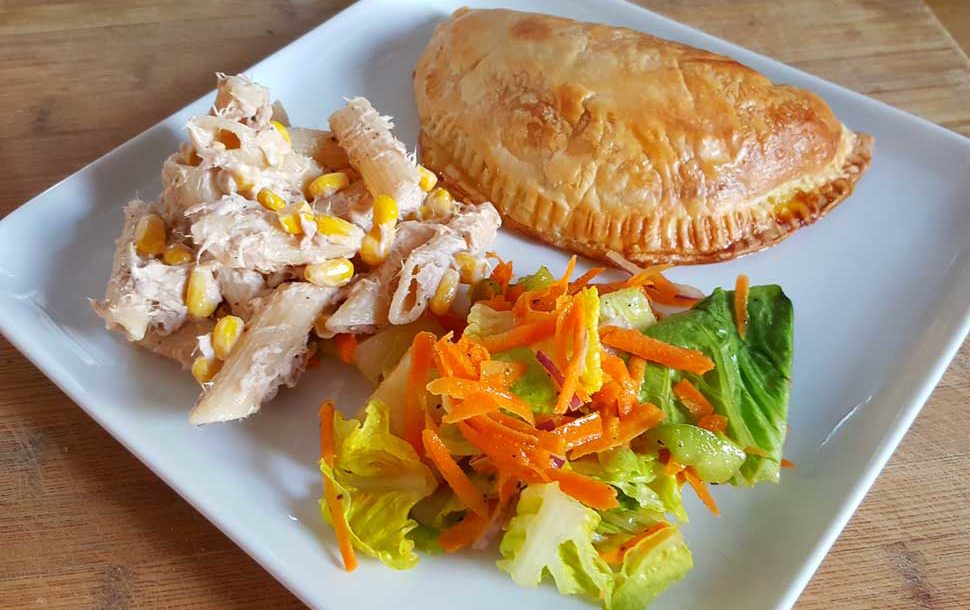
Turnovers
Turnovers, especially sweet varieties made with puff pastry and sugary fillings, tend to be higher in sugars and fats. The use of butter-rich puff pastry contributes to increased calorie content. While delicious, they are often considered indulgent treats best enjoyed in moderation.
Conclusion
While empanadas and turnovers share the fundamental concept of filled pastries, they differ significantly in their origins, dough compositions, fillings, preparation methods, and cultural roles. Empanadas, with their diverse savory fillings and variations across Latin America and other regions, serve as culinary symbols of cultural heritage and communal traditions. Turnovers, often sweet and rooted in European baking traditions, have become beloved pastries in Western cultures, celebrated in various forms and flavors.
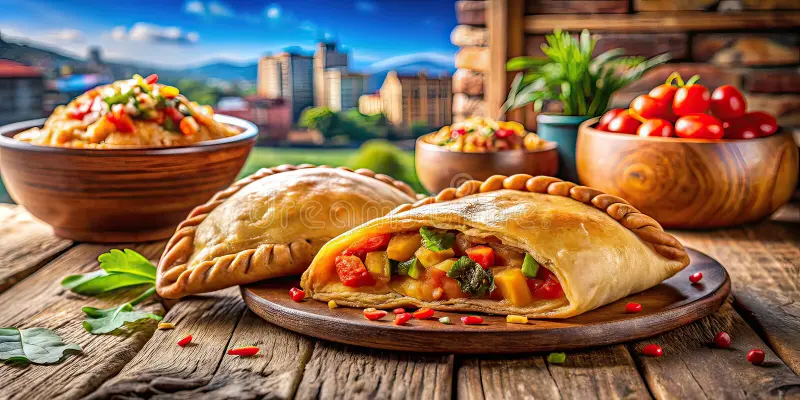
Understanding these distinctions enhances our appreciation for each pastry’s unique place in global cuisine. Whether savoring a spicy beef empanada at a Latin American festival or enjoying a sweet apple turnover with afternoon tea, both pastries offer delightful experiences that reflect rich culinary histories and cultural significance.
Disclosure: Our blog contains affiliate links to products. We may receive a commission for purchases made through these links. However, this does not impact our reviews and comparisons. We try our best to keep things fair and balanced, in order to help you make the best choice for you.



